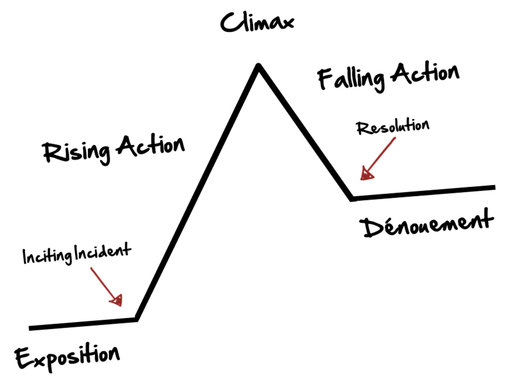I'll be honest. I've never really seen the point of the AS level qualification for photography students. Whilst many of my colleagues have enjoyed the opportunity to prepare students for public examinations in January and June of Year 12, I have always had problems with the AS. Many of our students come to us from other schools where they have not studied photography at GCSE level. We've only recently had our own GCSE course. We have to assume that most students begin photography A level with very little knowledge and rudimentary skills. This has meant that we've had to cram an introduction to photography into 5 months (September to January), asking students to produce work that is personal and meaningful for their coursework portfolio so that we can begin preparing for Unit 2 (The Externally Set Task) from the start of February. This kind of time scale can have one or two negative consequences:
- students are forced to generate work before they have developed a deep understanding of photography
- teachers are tempted to design programmes of study that exclude much risk, preferring to go with projects that are guaranteed to generate decent results
Another issue was the effect of completing the AS course (50% of the student's final A level grade) at the end of Year 12 on their subsequent experience of Year 13. Despite my sense that the AS course was not in the best interests of students, ours tended to do well. Our retention rate to Year 13 was high. Students tended to do as well, if not better, in photography than in their other A level subjects. However, for many students, having 50% of their final A level grade in the bag, so to speak, half way through the course tended to encourage them to lose focus and motivation in Year 13. There were clearly other factors for this too. Students perhaps sensed the end of their time at school on the horizon and may have been distracted by applications to UCAS and preparing Arts College portfolios. However, I also feel that the AS experience gave them a slightly false sense of the demands of the subject. Having come to it fresh, with little prior knowledge, and having got a decent grade at the first attempt, they could be forgiven for thinking that A level photography was pretty easy.
The best analogy I can think of is drama. The AS/A2 experience might be compared to a two act play. There is a crescendo at the end of Act 1 (AS) as the actors (students) achieve a pitch of emotion. Act 2 (A2) consequently begins in a bit of a lull and works up to its own climax. For the most committed students, the climax of A2 exceeded the intensity of that at AS but, for many of our students, the loss of energy between the acts was never fully recovered. When the new linear specifications were announced, I began to wonder whether we could switch to a one act play with a single arc of action leading to one final denouement. (My knowledge of dramatic structure is pretty limited so please forgive any technical inaccuracies in my comparison.)
So, what might this new course be like?
After some deliberation, we have decided not to offer an AS in photography for this year's Year 12 cohort. We are still in the process of testing and refining a new course structure but it will look something like this:
Year 12:
September - March
An introduction to photography. Students will be introduced to or reminded of the Threshold Concepts in photography. They will explore the work of key practitioners and be introduced to important historical trends. They will develop a good understanding of photographic technology, both conventional and digital. They will develop their ability to research and analyse, both orally and in writing, important examples of photography from its origins to the present time.
March - July
Students will begin Component 1 - The Personal Investigation. They will identify an area of photography practice that interests them and begin to conduct strategic research. They will experiment with making relevant responses of their own, developing stronger ideas over time and refining and developing their work. This process will continue over the summer break and into Year 13.
Year 13:
September - January
Students will continue to develop their Personal Investigations, resolving outcomes related to their research and considering various display strategies. They will also complete the accompanying critical study essay.
February - May:
Students will select one of the prompts from the exam board's The Externally Set Task (Component 2). They will use the assessment objectives to guide their working process and complete a response in a 15 hour controlled assessment. An external examiner will visit the school in June to see an exhibition of students' work and to moderate the marks given to them by the centre.
At least, that's the theory. Only time will tell whether this works better for our students. But the opportunity to develop their understanding of photography and its key concepts is too good to pass up.
I'd be interested to know what you think and what you've decided to do with the new specifications. Feel free to post a comment below.
Jon Nicholls
Thomas Tallis School


 RSS Feed
RSS Feed